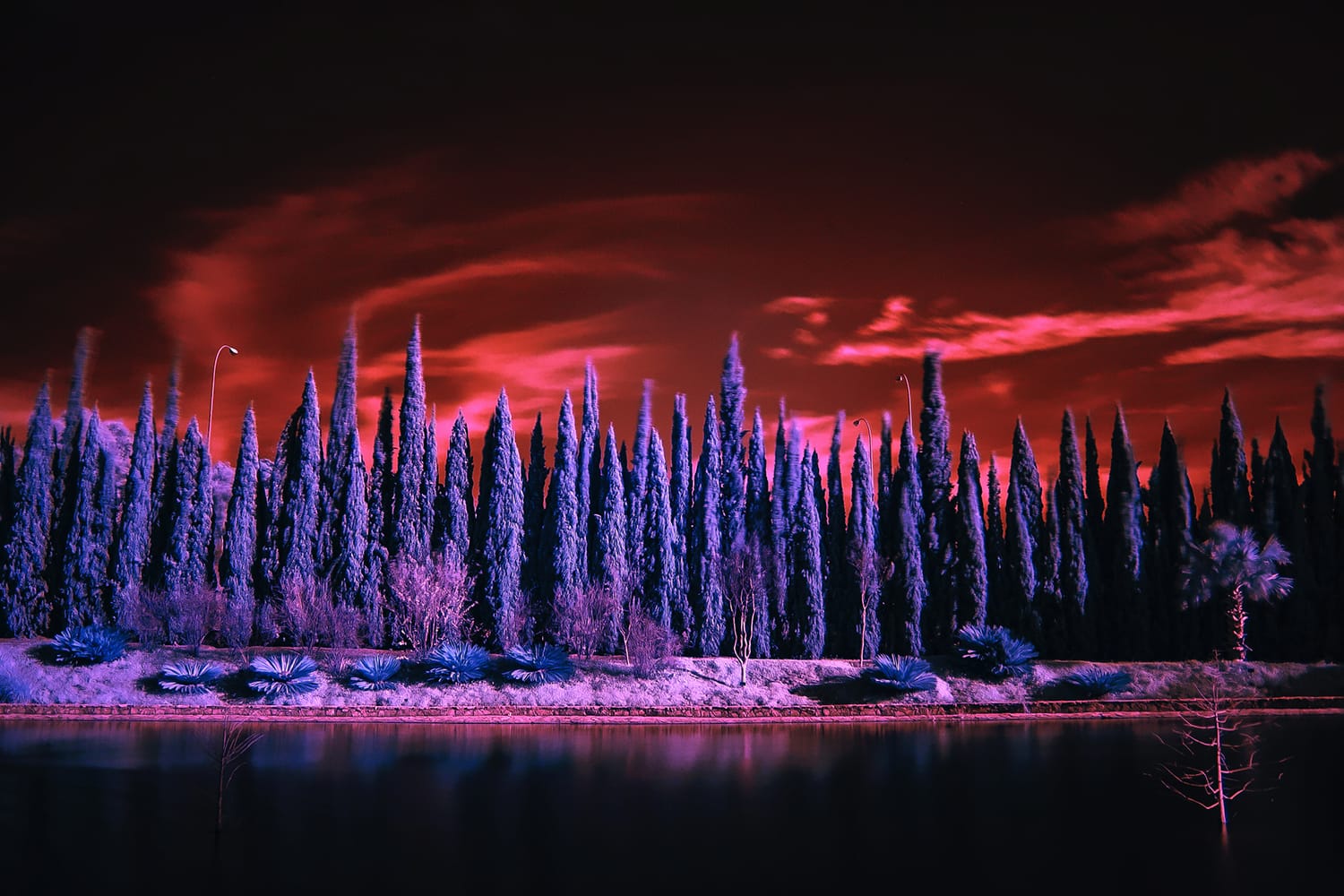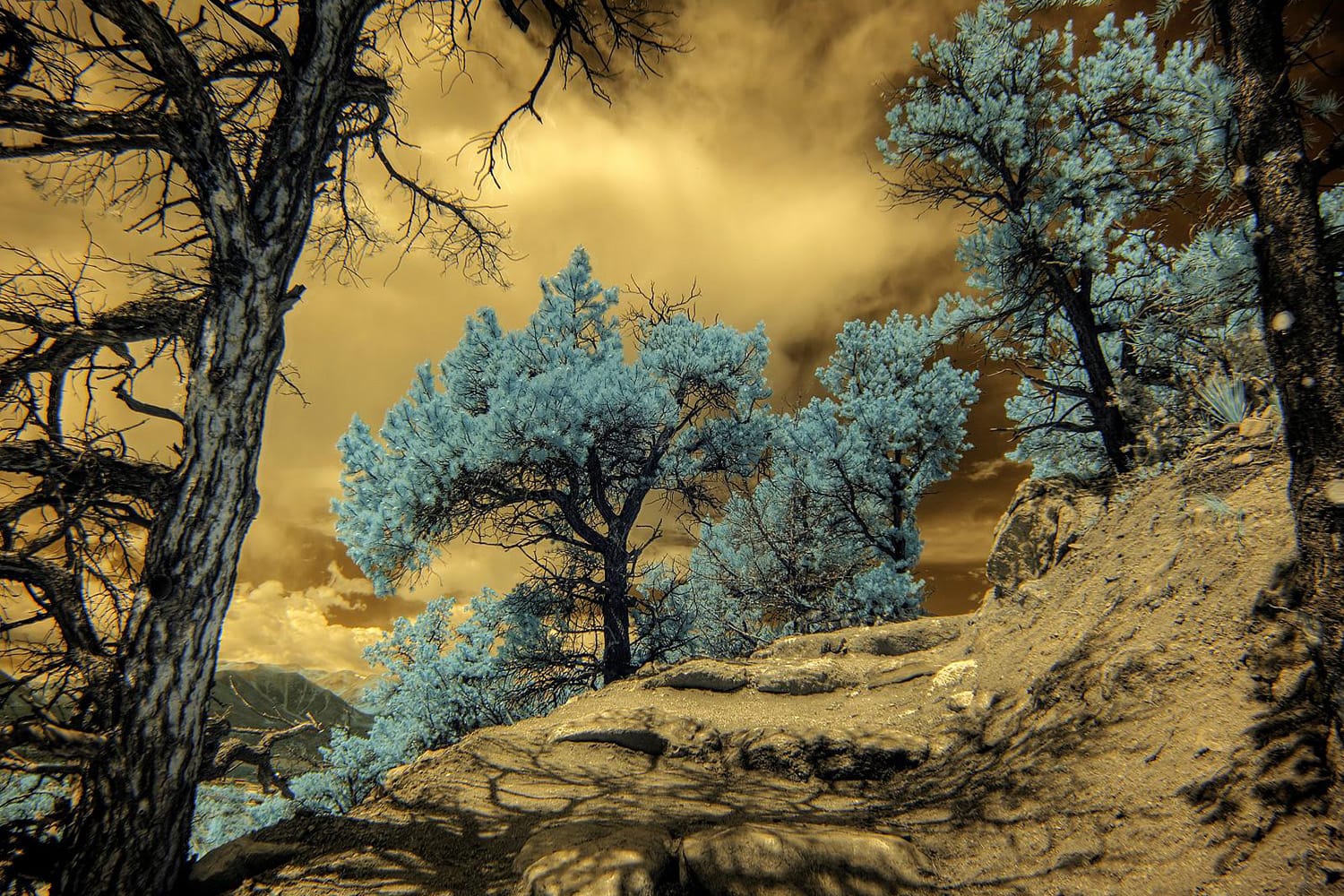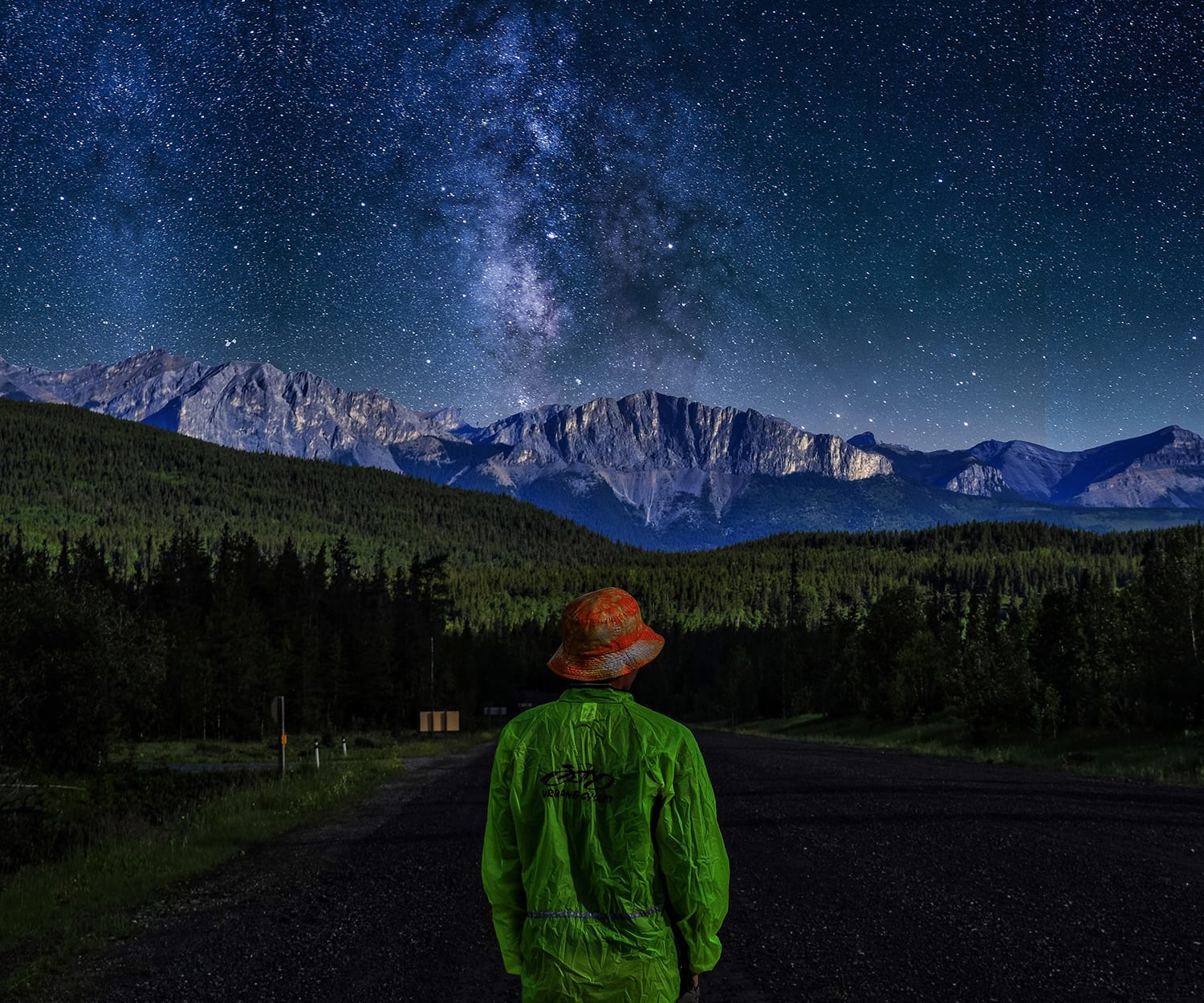An Introduction to the Amazing World of Full-Spectrum Photography
Full-spectrum photography uses a camera that captures more light than an ordinary camera. Cameras used for full-spectrum photography also capture other elements like ultraviolet and infrared images.
This full spectral imaging subset basically captures a camera sensor bandwidth or film’s entire spectrum. And this is why photographers will not only get visible light, but ultraviolet and near infrared lights, too.

It is essential to note, however, that the full-spectrum camera is not something new. Professional photographers have used it for many years. It traces its beginnings to a certain Professor Robert Williams Wood, who is recognized as the researcher who inspired and influenced the concept of full-spectrum photography.
Since a full-spectrum camera is more light sensitive that the normal or ordinary camera, it is also expected to provide high-quality results. As such, even in scenes or locations with low light conditions, images will still appear clean, sharp, and focused. In addition, evening or night shots won’t result in the usual “star streaks”.
Likewise, because it is more sensitive to infrared, full-spectrum photography cameras give photographers infrared images that are sharp and have the highest quality.

image by David
As such, full-spectrum photography does not only produce the best, sharpest, and cleanest results; it is also versatile. Instead of using multiple cameras, all you need is one full-spectrum camera. Just one camera that can be used for multiple shoots or different photography types or concept. In other words, one camera can be used for infrared photography, ultraviolet photography, astrophotography and – of course – visible light photography.
What makes full-spectrum cameras more fascinating is the fact that it can do normal photography just as well as any ordinary or traditional digital camera.
When and what is full-spectrum photography used for?
Full-compact / full-spectrum photography is useful in astrophotography as it uses infrared light, which is essential in making the images more alive and dramatic.
Furthermore, forensic photography also depends on the technology of full-compact photography. In almost all cases, it is what is used when gathering and preserving evidence. Some examples are photographing bite marks to help identify the DNA (and identity) of the perpetrator.

photo by Fritzchens Fritz
Full-spectrum photography is also used in collecting data about a crime scene. The surroundings are photographed, along with evidence present in the scene. Additionally, forensic injuries are easier to study and comprehend with the help of full-spectrum photography.
Advantages of using full-spectrum camera and full-spectrum photography
Apart from allowing photographers to capture as much light as possible, full-spectrum photography – and cameras, in particular – also offers several other advantages for photographers.
First off, it does not have a disruptive nature, so it doesn’t have a negative effect on the environment. In other words, even if the location is dark, you will still be able to see. In fact, you’ll probably be able to see better! This is all because of its infrared light source.
Also, since it does not require the use of a flash or strobe, it will not harm the eyes and will not render you – the photographer – “blind” and clueless about what you are shooting or are about to shoot.
Again, this is because of the infrared source, which can be extra bright. This is one of the major reasons why it is heavily used in forensic photography as well as in astrophotography.
Full-spectrum photography uses only one camera for a variety of purposes and concepts. As such, you won’t have to worry about how inconvenient it would be to bring multiple cameras and lenses.
Last but not the least, the images are not only sharp, they’re also clean. You won’t see dust orbs and the like; especially if you know how far (or close) the camera should be to the infrared light source.

How does full-spectrum photography work?
The process of converting a camera into a full-spectrum one is popular among both new and professional photographers. What usually happens here is that a clear filter is used to replace the internal IR blocking filter. As a result, your camera will now be able to get the EM Spectrum (entire light spectrum), including visible light, infrared light, and ultraviolet light.
All you need to do to accomplish this is change the filter on the camera lens and replace it with the one you want to use. Be sure to use a clear filter when doing this. Using another type of filter will not give you the results you need (and want).
Be reminded, however, that even if you’ve already converted your camera, it does not lose its original purpose. As such, you can continue using it for normal / traditional photography.
What are the different light sources to choose from?
Part of the quest for quality and excellence in full-spectrum photography is your ability to choose the right light source to use. To give you an idea, here are six essential choices you should consider:
- Infrared flashlight
- Incandescent black light bulb – this one has both ultraviolet and infrared lights
- Infrared illuminator – this usually comes with night-shot equipped video cameras
- IR bulb – such as the ones you find in aquariums
- Multi-spectrum light
- Full-spectrum light
The best way to determine which light source is best for your need/s is to try out all six and compare their results. You can also try to combine multiple sources, but you need to know how to do it properly so you won’t encounter problems like harsh shadows.
Conclusion
Full-spectrum photography may not be for everybody, but it’s just as important as the traditional technique you are used to. Also, it is crucial to remember that even if it is considered for forensic photography and astrophotography, full-spectrum camera can be used for all types of photography. It is not limited to its specialties, especially since photography is ever changing and improving.
If it is your first time to try full-spectrum photography, you should know that the best way to go is to practice, practice, and practice.
